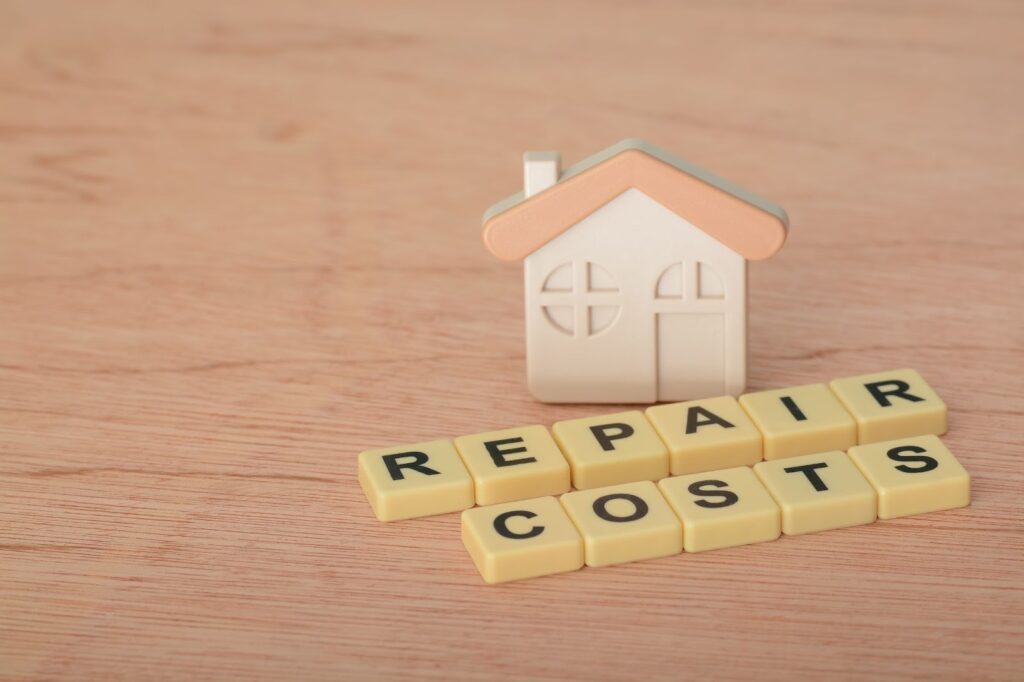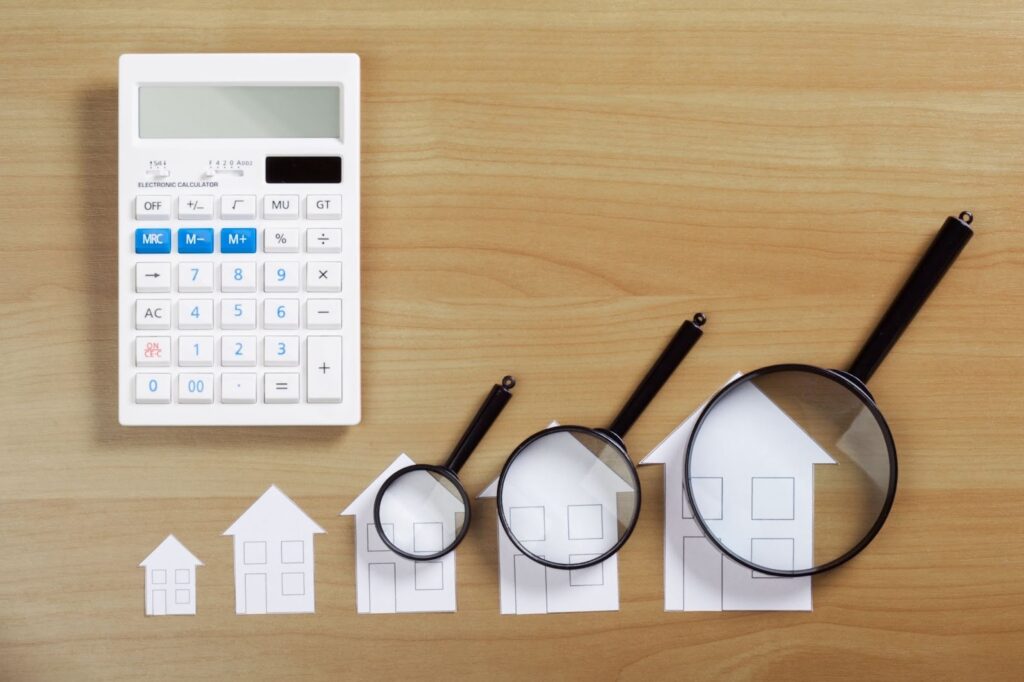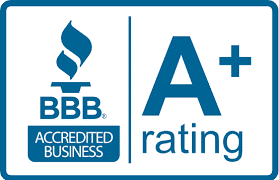
A damaged roof can disrupt any homeowner’s comfort and peace of mind. Whether it’s a small leak after a heavy rain or visible damage from years of wear, one question always comes first: how much will it cost to fix? Roof repair estimates give that answer, but not all quotes are equal. Understanding how these estimates are calculated helps homeowners plan wisely, avoid overpaying, and make informed repair decisions that protect their property long-term.
Understanding Roof Repair Estimates
Roof repair estimates outline the expected costs and materials for your roofing project. They give you a financial overview before any work begins, helping you anticipate labor, materials, and time requirements. Reliable roofing contractors use these documents to show professionalism and transparency. They also help you compare service providers and avoid misleading or incomplete proposals.
The Purpose of a Roof Repair Estimate
A roof repair estimate serves as a roadmap for the entire project. It helps you understand what you are paying for, how long repairs may take, and the scope of work involved. Contractors use estimates to set clear expectations and maintain transparency. When done correctly, estimates build trust, reduce confusion, and prevent surprise charges later. They also protect both parties by documenting agreed-upon costs and repair details.
Key Components in Roof Estimates
A roof repair estimate includes materials, labor costs, timeline, and warranty coverage. It may also detail permit fees, waste disposal, and cleanup services. Transparent estimates let you see exactly where each dollar goes. A vague or incomplete estimate is a warning sign that the contractor may cut corners. Detailed estimates, on the other hand, indicate a contractor who values accuracy and professionalism.
Factors That Influence Roof Repair Estimates
Several variables affect how roof repair estimates are calculated. The roof size, materials to be used, local pricing, and extent of damage all contribute to the total. No two homes have identical repair needs, so estimates can vary widely. Understanding these cost drivers helps homeowners spot fair quotes and choose the right contractor.
Roof Size and Slope
Large roofs need more materials and time, which raises the total cost. A steep slope also makes repairs more complex and labor-intensive. Contractors must use additional safety gear and take extra precautions, which increases labor rates. Small or flat roofs are generally less costly because they are easier to access and repair. The roof’s size and angle directly influence time, risk, and resource allocation in your estimate.
Roofing Material Type
Different roofing materials have unique costs and installation requirements. Asphalt shingles remain the most affordable, while metal, tile, or slate roofs cost more due to their durability and weight. Specialty materials often need custom tools or experienced installers. Disposal costs also vary depending on the material type. Choosing high-quality roofing materials can raise upfront costs but extend your roof’s lifespan and reduce long-term repairs.
Extent of Roof Damage
The severity of damage heavily impacts the final estimate. Minor repairs like patching leaks cost less than replacing sections of decking or insulation. Contractors inspect the whole roof to identify surface and hidden damage before finalizing the price. Costs may increase if issues such as rot or mold appear during inspection. Proper damage assessment prevents underestimation and ensures the repair holds up over time.
Labor Costs and Regional Rates
Labor prices differ depending on where you live and who you hire. Urban areas often have higher labor costs than rural ones due to increased living expenses. Licensed, experienced roofers charge more but provide better craftsmanship and safety compliance. Some contractors include debris removal or warranty coverage in their rates. Comparing estimates in your area helps you find a fair price without sacrificing quality.
Permits and Local Regulations
Certain repairs require city or county permits, which add to your total cost. Permit fees vary by region and are based on project size or scope. Following local regulations protects your investment and keeps your property compliant with building codes. Skipping permits can result in penalties or insurance complications later. A trustworthy contractor will handle the permitting process as part of their service.

The Role of Roof Inspections in Estimates
Roof inspections form the foundation of every accurate estimate. Contractors rely on them to uncover visible and hidden issues before quoting prices. Inspections can reveal underlying damage that affects the repair scope and materials. Skipping this step often leads to inaccurate pricing and unfinished work later on.
On-Site Roof Evaluation
A roof inspection starts with a thorough visual assessment. Contractors check for missing shingles, weak spots, water stains, and flashing damage. Many take photos or videos to document their findings. They also discuss potential repair options with homeowners on-site to maintain clarity. This step ensures your estimate reflects real roof conditions rather than assumptions.
Moisture and Structural Testing
Some damage hides beneath the surface, especially water intrusion or wood rot. Contractors use infrared scanners or moisture meters to detect unseen issues. Identifying structural weaknesses early prevents extensive repairs later. These advanced tests can adjust your estimate slightly but save money in the long term. Knowing your roof’s actual condition guarantees accuracy and safety during repairs.
Use of Estimation Software
Modern roofing companies often rely on digital tools to produce estimates. Satellite mapping, drone imagery, and measuring software provide exact roof dimensions. This technology eliminates manual errors and speeds up the quoting process. Homeowners receive visual breakdowns showing cost by section or material. Digital estimates create transparency and boost confidence in the contractor’s accuracy.
How to Compare Roof Repair Estimates
Comparing roof repair estimates helps you determine value, not just cost. Some estimates look cheaper but omit vital details like cleanup or warranties; the most reliable estimate balances fair pricing, quality materials, and detailed breakdowns. A careful comparison helps you invest wisely and avoid hidden expenses.
Review the Contract Details
Every estimate should clearly explain materials, warranty duration, and payment terms. Read carefully to identify additional fees or unclear language. Look for information on debris removal, insurance coverage, and worker safety protocols. Contractors who provide detailed documentation show professionalism. Understanding your estimate fully keeps your project within scope and budget.
Ask Questions Before Hiring
Ask contractors about material options, expected timelines, and potential hidden costs. Clarify who handles permits, inspections, and cleanup. Reliable roofers provide straightforward answers and explain how they calculate prices. Request a written breakdown for clarity and accountability. Transparent conversations before signing build a smoother working relationship.
Identify Unrealistic Bids
Unusually low bids often hide missing services or inferior materials. Contractors offering drastically lower prices may skip essential steps like flashing replacement or underlayment repair. Always compare at least three estimates to recognize fair market rates. Quality work requires fair compensation for labor and materials. Choosing a balanced bid prevents costly future repairs and poor craftsmanship.
Getting Accurate Roof Repair Estimates
Accurate estimates depend on preparation and communication between you and the contractor. Sharing detailed information about your roof’s history helps professionals quote more precisely—the more transparent your input, the fewer unexpected changes later. Preparation ensures your budget aligns closely with the final invoice.
Providing Clear Project Information
Describe your roof’s issues accurately and share photos if possible. Include details about previous repairs or maintenance. Contractors use this data to calculate material needs and anticipate complications. Detailed communication saves time and avoids miscommunication. The more context you provide, the more reliable your quote becomes.
Requesting Multiple Bids
Requesting several estimates helps you find realistic pricing and quality service. Comparing quotes shows you what the standard is in your area. Focus on value, not just cost—cheapest doesn’t always mean best. Ask about labor warranties, material quality, and cleanup policies. Consistent bids from multiple professionals confirm fair pricing and dependable service.
Verifying Credentials and Experience
Professional credentials prove a contractor’s skill and legal compliance. Check for valid licenses, insurance, and client references before deciding. Experienced contractors can predict issues that newer roofers might overlook. They also give more accurate, transparent quotes. This diligence reduces risk and ensures your investment goes to trusted professionals.

Roof Repair Estimates and Long-Term Value
Accurate roof estimates surpass immediate repairs, influencing your property’s future value. Well-documented repairs extend roof life and strengthen resale appeal. They also help homeowners plan for maintenance rather than react to emergencies. Viewing estimates as part of a long-term strategy benefits your finances and home stability.
Balancing Cost With Durability
Choosing quality materials and skilled labor prevents recurring repairs. Contractors offering fair but not low prices typically use reliable materials and methods. This balance keeps costs manageable while securing long-term durability. Spending slightly more now often avoids extensive replacements later. A strong roof adds comfort and confidence to homeownership.
Property Value and Buyer Confidence
Roof condition directly affects property value during resale. Buyers prefer homes with recently repaired or well-documented roofs. Providing repair estimates and warranties shows care and responsibility. It also speeds up inspection approval and builds buyer trust. A sound roof protects your home and increases its market value.
Environmental and Seasonal Impacts on Estimates
Weather patterns and seasonal demand can affect roofing costs. Warm months usually bring higher material prices and busier contractor schedules. Planning around moderate seasons can secure better pricing. Understanding these timing factors helps balance cost with quality craftsmanship.
Seasonal Demand and Scheduling
Roofing companies experience high demand after heavy storms or in late spring. Busy schedules may raise labor costs. Off-peak months often provide faster service availability. However, waiting too long may worsen existing roof issues. Coordinating with contractors early helps maintain cost control and project efficiency.
Weather-Related Challenges
Extreme temperatures or rainfall can slow roof work or affect material application. Contractors adjust labor schedules and equipment to maintain safety. Some materials, like adhesives or sealants, require specific temperature conditions. Factoring this into your estimate prevents unexpected delays. Proper timing ensures durable results and safe working conditions.
Hidden Costs in Roof Repair Estimates
Unexpected issues can emerge during roof repair, affecting your initial quote. Even skilled inspectors can’t see everything beneath layers of shingles or decking. Understanding potential hidden costs helps prevent financial surprises. Honest contractors communicate these risks clearly before work begins.
Structural or Decking Repairs
Hidden rot, mold, or weakened decking can increase total cost. Contractors often discover these problems once the roof surface is removed. Addressing them immediately prevents more severe damage later. Including a contingency fund in your budget is a wise precaution. Proper structural repair ensures safety and long-term stability.
Material Substitutions or Shortages
Material shortages occasionally force contractors to switch brands or styles. These substitutions may change the estimate depending on availability. Reliable roofers discuss alternatives before making any changes. Transparency keeps your project aligned with your budget and expectations. Staying flexible while maintaining quality avoids unnecessary stress.
Get Reliable Roof Repair Estimates Today
Getting a trusted roof repair estimate helps you protect both your property and budget. Don’t wait until small leaks become enormous repair costs that strain your finances: contact licensed, insured roofing experts who can inspect and quote accurately and honestly. A reliable estimate today secures your roof, strengthens your home, and brings peace of mind that lasts well into the future.
Knowledge builds stronger roofs. Read the Faircloth Roofing, Inc. blog for trusted insights, bright maintenance ideas, and professional roofing updates.






